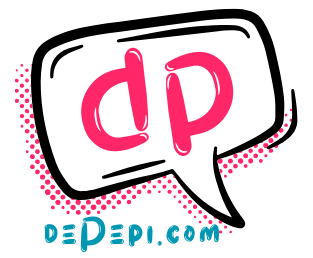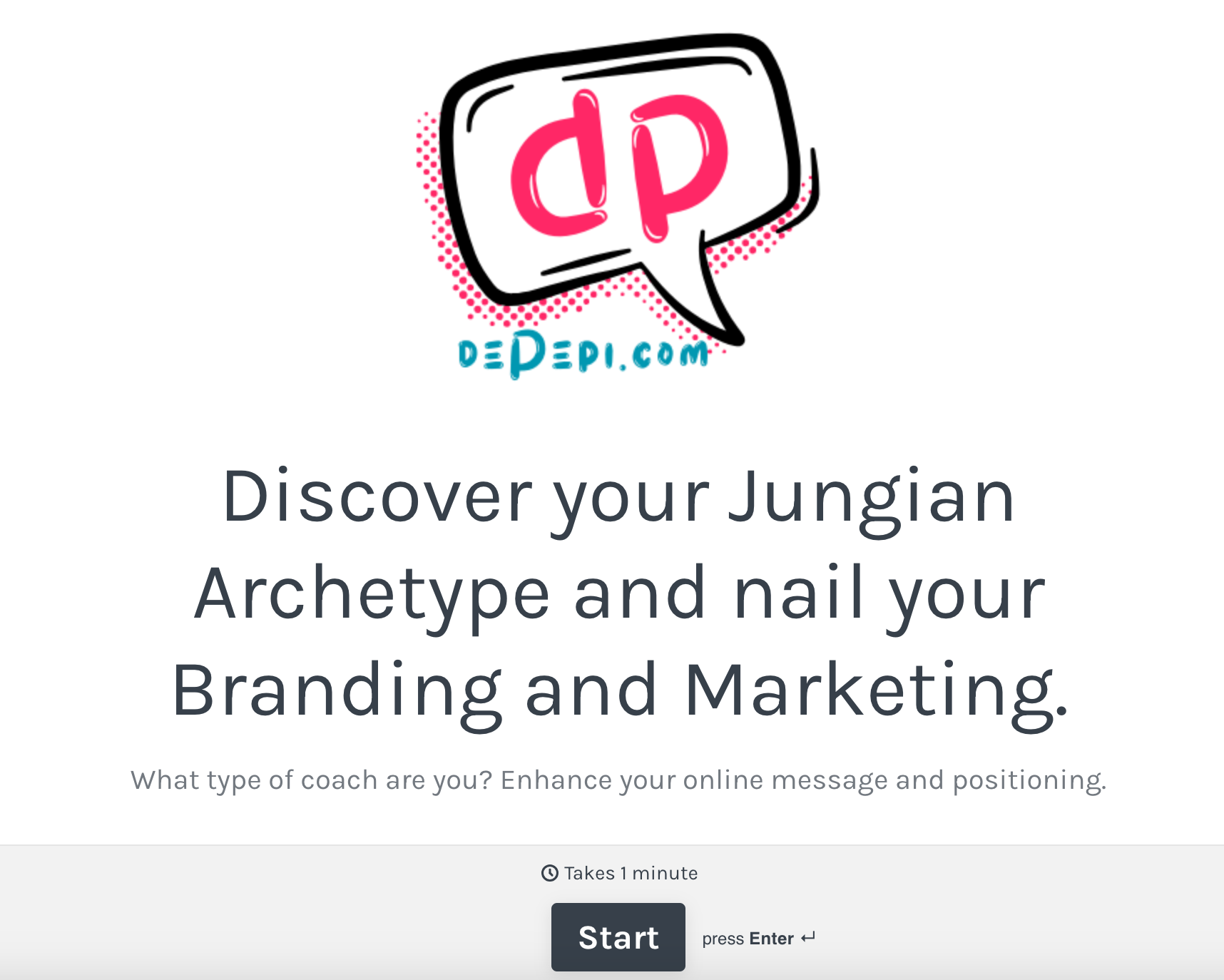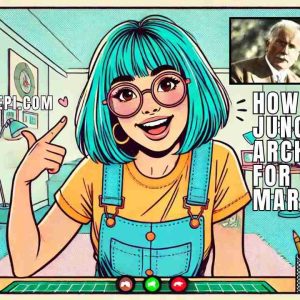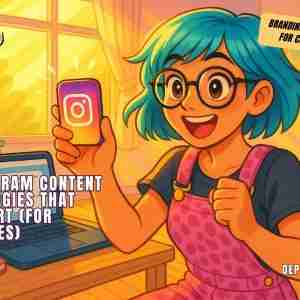The Jungian Secret to Magnetic Coaching Brands

Most coaches think marketing is about visibility. Post enough on Instagram, run the right ad, show up on LinkedIn every week, and clients will find you. However, visibility without depth doesn’t convert. You can give depth online using Jung, the hidden secret to magnetic coaching brands.
People don’t just buy coaching. They invest in stories that help them see themselves in a new light. They choose coaches who feel like guides on their journey. And nothing creates that depth better than Carl Jung’s teachings on archetypes, symbolism, and the unconscious.
I’m not going to use The Red Book to look intellectual. This is about using Jung’s work to craft a brand identity that resonates at a subconscious level, where real connection happens.
If you understand this, your marketing won’t just stand out; it will stick.
Why Jung Belongs in Your Marketing Toolbox
Carl Jung (1875–1961) wasn’t a marketer. He was a Swiss psychiatrist who explored the human psyche through concepts like the collective unconscious, archetypes, and individuation (the process of becoming your true self.)
Why does this matter to you as a coach?
Because branding is psychological work, it’s about shaping how people perceive you. But more importantly, it’s about aligning that perception with their inner world.
Archetypes give you a shortcut to emotional resonance.
Symbols speak to your audience without you having to “convince” them.
The shadow helps you own your uniqueness by integrating the parts of yourself (or your niche) that others avoid.
Individuation ensures your brand is authentic and sustainable, not a mask you wear to please the algorithm.
When you use Jung’s insights, you’re not just building a marketing plan. You’re building a brand with soul.
Find Your Brand Archetype
Jung identified universal archetypes (characters and patterns that show up in myths, legends, and everyday life). These are hardwired into our collective unconscious, which is why certain brand personalities feel instantly familiar.
Why Archetypes Work in Branding
Archetypes give your audience a sense of “I know who you are” before you’ve explained a thing. They help you:
Speak in a consistent tone.
Choose imagery that feels “on-brand.”
Craft offers that feel aligned with your promise.
Common Coaching Archetypes
While there are 12 classic Jungian archetypes, coaches often gravitate toward a few:
The Hero: Motivates clients to overcome challenges. (Fitness, mindset, performance coaching.)
The Magician: Transforms clients’ reality in a way that feels almost mystical. (Life transformation, healing, manifestation coaching.)
The Outlaw: Breaks industry rules to liberate clients from outdated systems. (Rebel business coaches, non-traditional leadership coaching.)
The Caregiver: Nurtures and supports clients through big life changes. (Grief coaching, holistic wellness.)
The Sage: Offers wisdom, frameworks, and intellectual clarity. (Executive coaching, thought leadership mentoring.)
Still don’t know yours?
Do this free quiz below and discover your archetype. It only takes 2 minutes. (Click on the image to find the free quiz.)
Once you know your archetype, your brand voice, visuals, and content direction become much clearer.
Make Your Client the Hero of the Story
One of Jung’s key insights is that myths and stories aren’t entertainment—they’re mirrors for our inner life. That’s why storytelling is the most powerful marketing tool you have.
This story is not about you! It’s about your client. Although you might be tempted to explain all your CV online, people can check all that information in a section of your LinkedIn profile. What you need to do is to make your clients the hero of the story.
your clients’ Hero’s journey
Think of your client’s journey like the Hero’s Journey. Very much like Bilbo (or Frodo and Sam), they go on an adventure that will change them forever. The hobbits who leave the Shire will return having grown internally.
Ordinary world: They’re stuck, frustrated, or searching.
Call to adventure: They discover the possibility of change.
The mentor appears: That’s you, the coach, guiding them.
Trials and transformation: Coaching sessions, challenges, breakthroughs.
Return home changed: They leave with tools, confidence, and results.
Why This Works
Too many coaches make themselves the hero: “I transformed my life, so you can too!”
Although your story can resonate with your audience and you can use it, focusing all your marketing on that will fall flat. Make your client the hero and position yourself as the Magician, Sage, or Heroic Ally who guides them.
Example
Instead of: “I’ll teach you how to grow your business,”
Say: “You’ve built something you’re proud of. Now, let’s take it from hidden gem to powerful brand your clients can’t stop talking about.”
Need help with this?
You can fetch the DP framework core system that I use with all my coach clients. It’s a strategic, visual map that brings structure to your business. However, if you need more information and guidance, I recommend that you join Branding and Marketing for Coaches. You’ll find all you need to shine online.
Branding and Marketing for Coaches (Life, Health, Wellness)
Embrace Your Brand Shadow
In Jungian psychology, the shadow is the part of ourselves we hide or deny. For brands, the shadow is often what you avoid saying because it feels risky. However, integrating your shadow makes your brand magnetic.
What’s a brand shadow?
A productivity coach who admits they once struggled with burnout.
A wellness coach who calls out toxic positivity in the self-help space.
A business coach who’s open about failing in their first venture.
By naming the truth others avoid, you:
Build trust.
Show you’re human.
Differentiate yourself in a sea of generic marketing.
Align with Individuation
Individuation is Jung’s term for becoming your most authentic self (integrating all parts of your identity). In branding, individuation means building a business that reflects your true values, not just market trends.
Signs Your Brand Isn’t Individuated
You feel drained by the “persona” you use online.
Your offers are based on what sells for others, not what excites you.
You dread showing up because it feels inauthentic.
How to Apply Individuation to Branding
Write down your non-negotiable values.
Check every offer and piece of content against them.
Let your brand evolve as you do—don’t get stuck in a static identity.
A brand in individuation feels natural to run because it’s an extension of who you are.
Speak to the Unconscious with Symbols and Color
Jung believed that symbols are the language of the unconscious (the hidden layer of the psyche where meaning is felt before it’s understood). That’s why specific images, shapes, and colors can stir something deep in us without a single word being spoken. When you choose symbols that align with your archetype, you bypass rational analysis and speak directly to the part of your client that craves change. This is what makes a brand feel instantly familiar, trustworthy, and resonant.
Color works in the same way. Blue doesn’t need a caption to whisper “trust” and “stability,” just as red doesn’t need explaining to evoke energy and passion. As a coach, your palette becomes part of your promise: a visual shorthand for the kind of transformation you offer. The key is consistency: When your colors and symbols show up across your website, social media, and client materials, they reinforce the emotional thread of your brand. Over time, your audience doesn’t just see your brand; they feel it, and that feeling is what makes them return.
Why Depth Wins in the Coaching Market
The coaching industry is more crowded than ever. Coaches who only market with “tips and tricks” get lost in the noise. Coaches who build brands using Jung’s ideas don’t create depth, and in doing so they create movements, attract loyal communities, and build businesses that last.
When you weave archetypes, storytelling, shadow work, individuation, and symbolic branding into your marketing, you move beyond selling services. You start selling identity, transformation, and belonging: the three things people invest in most.







